There are many ways that you can enlarge a small room or make a too large room a little smaller and more comfortable, using only paints. Let's take a look at some of them.
Gradient combination
(light ceiling, darker walls, dark floor, or the same combination in reverse)

When decorating residential premises, gradient transitions are often used. For example, walls separating a light ceiling and a dark floor create an “intermediate” tone. This technique is used when decorating monochrome rooms, for example, in a classic style. Such combinations look very harmonious and stylish.
Gradient transitions are pleasant to the eyes and have a beneficial effect on the nervous system, bringing harmony and peace. This finishing option can be used in any premises.
Depending on the intensity of the shade of the finishing materials, the furniture can be light or dark. Rooms will look great if the floors are the color of dark chocolate, the ceilings are the color of fresh cream, and the walls are a shade of cocoa with milk. White, brown, black can be chosen as additional or accent colors. Furniture for a room with such a combination of floor, wall and ceiling colors can be of any shade, but the desired color is natural wood.
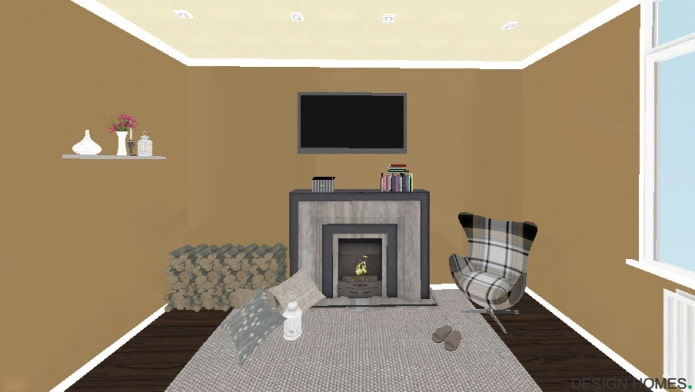
Contrast combination
(light ceiling, bright walls, dark floor)

When painting residential premises, in addition to gradient color combinations of walls, ceilings and floors, contrasting transitions are often used. This combination looks very advantageous. It is used in various styles and helps to make the perception of the room more harmonious, "hiding" its imperfections.
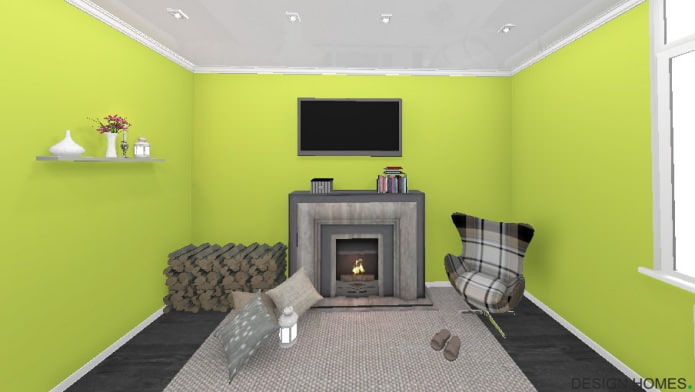
Low ceiling. If the ceilings in the room are too low, choose light colors for the ceiling and dark ones for the floor. The walls can also be contrasting. In the event that you are using wallpaper, choose patterns stretched from floor to ceiling.
With such a combination of colors of the floor, walls and ceiling, it will seem that the height of the ceilings is greater than it actually is. One condition: ceiling cornices should not be wide, but it is better to do without them altogether. The contrasting tint on the walls will create an impression of depth, and the light ceiling will “float” above this volume.
Narrow room. If the room has not only a low ceiling, but also the wrong proportions - for example, it is elongated in length, this can be corrected. It is necessary to paint short walls in contrasting colors, and elongated ones in neutral ones. This method will help to "squeeze" the room in the required direction, it will acquire more correct proportions.
In the rooms decorated in this way, light furniture looks advantageous, and bright colored accessories will help to create a memorable interior. In addition, pieces of furniture placed across the room will help expand a narrow room.
Bright hues
(light ceiling and walls, dark floor)

Combining colors in a room can add light and air to it. For example, in small rooms, as a rule, the walls and ceiling are trimmed in light colors, and the floor, on the contrary, is dark.The shade of paint on the walls and ceiling should be as light as possible, preferably white. Cornices, platbands and baseboards should also be white, in extreme cases they can have a slight shade of the main tone.
To enhance the impression of airiness, avoid heavy, bulky furniture, bright upholstery. Let the objects be few - only the most necessary, while their forms should not be too pretentious. Light carpets look good on a dark floor - they help to zone the space and make it easier to perceive.
Opposite colors
(dark ceiling, floor and light walls or light ceiling, floor and dark walls)

This combination of wall, ceiling and floor colors is universal and can be used in rooms with a wide variety of geometries. This design option can look very advantageous at both high and low ceilings, the only difference is in the way color contrasts are applied.
- High ceilings. If you feel the need to slightly “lower” the ceiling to make the room more comfortable, the combination of floor, wall and ceiling colors is done in this way: the floor and ceiling are dark, the walls are light. Moreover, cold shades on light walls will “push them aside” even more, and warm ones on the floor and ceiling will “bring them closer”.
- Low ceilings. To visually “raise” the ceilings, make them two-level. Paint the main level of the ceiling with dark cold tones, and the suspended one with light ones. Due to this design, the ceiling will acquire volume and will seem higher. In this case, dark floors are necessary - they will act as a "counterweight" to counterbalance the complex ceiling structure.

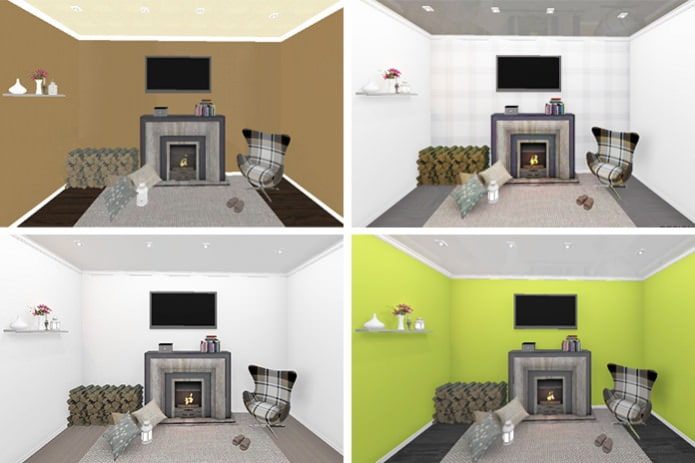
 10 practical tips for arranging a small kitchen in the country
10 practical tips for arranging a small kitchen in the country
 12 simple ideas for a small garden that will make it visually spacious
12 simple ideas for a small garden that will make it visually spacious

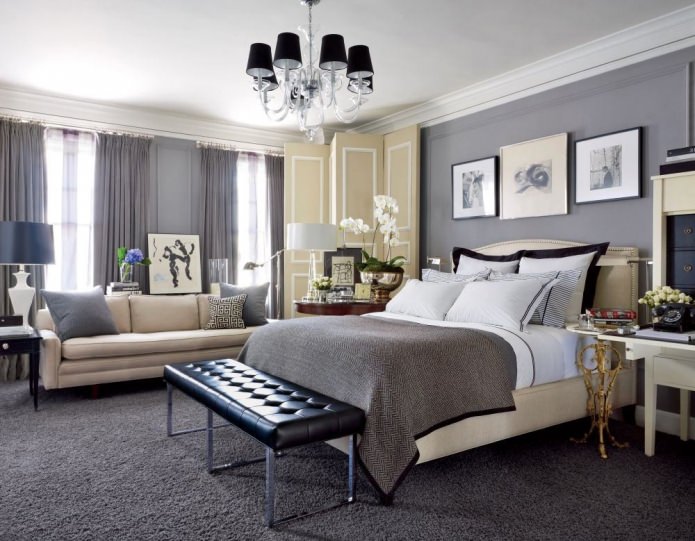

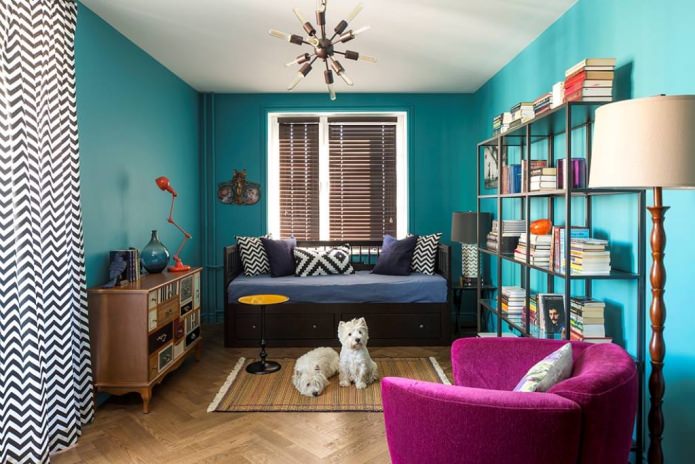
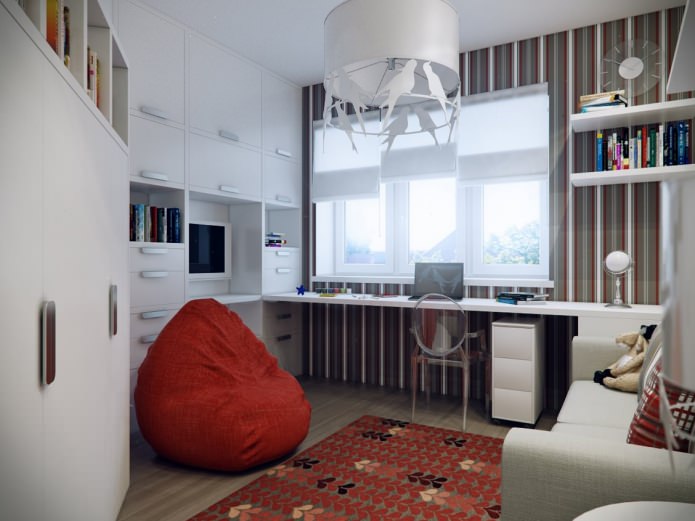
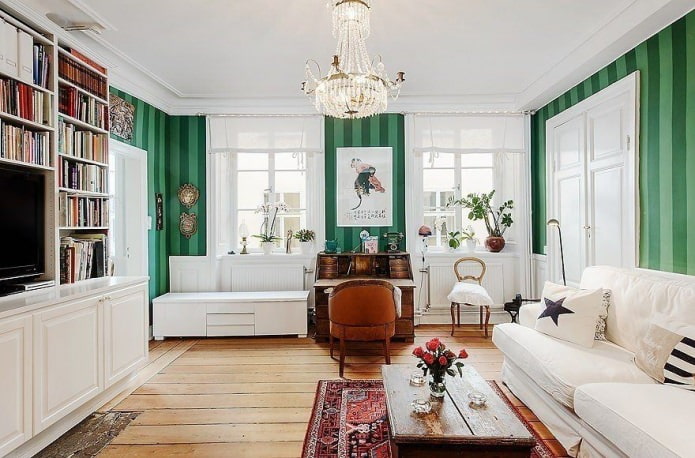
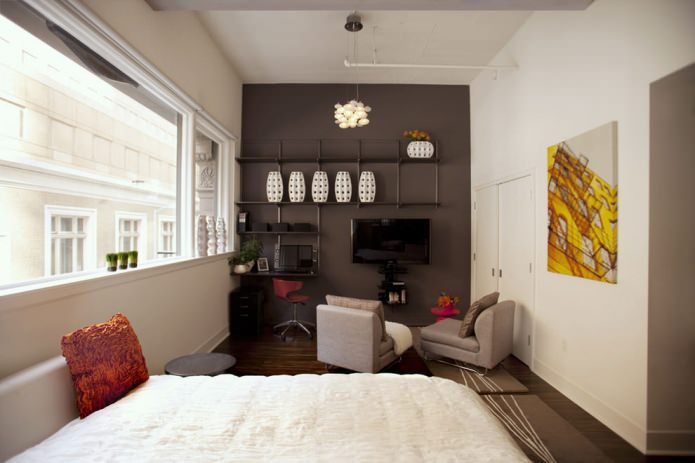
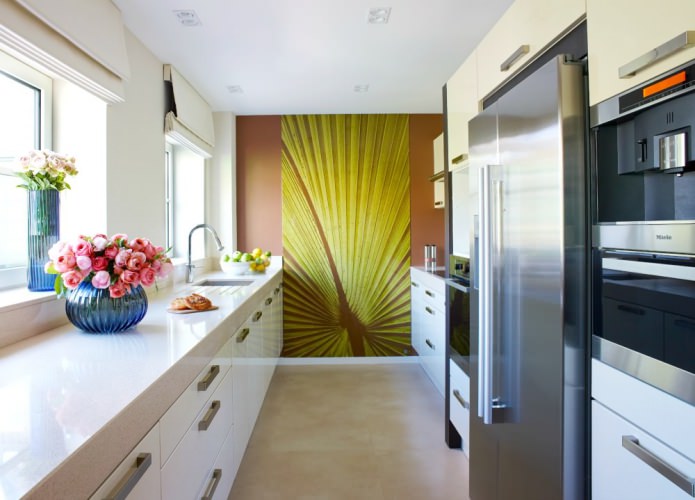
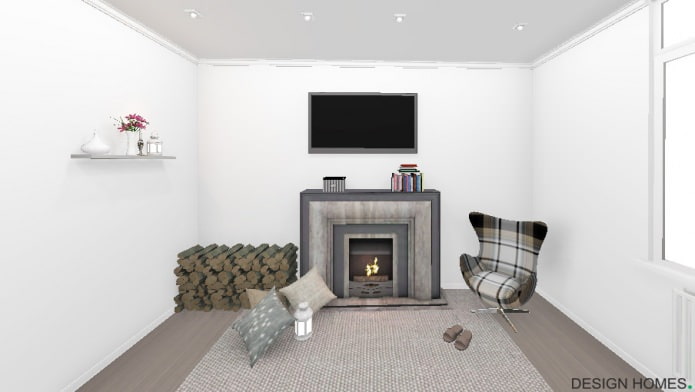
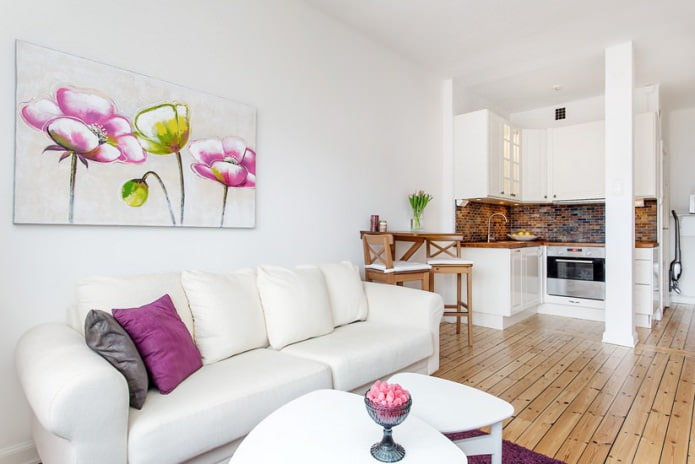
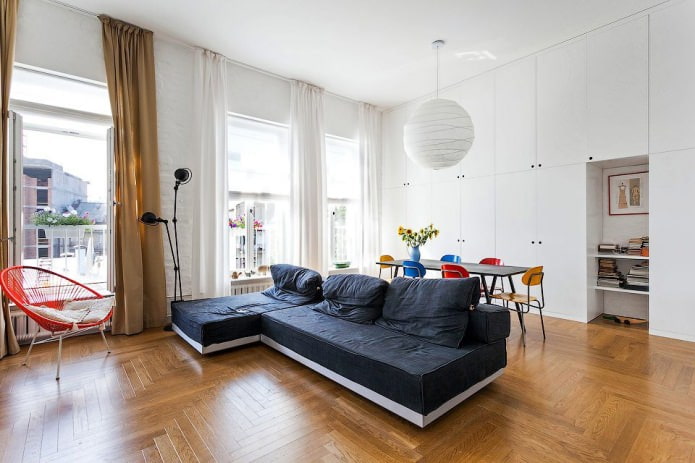
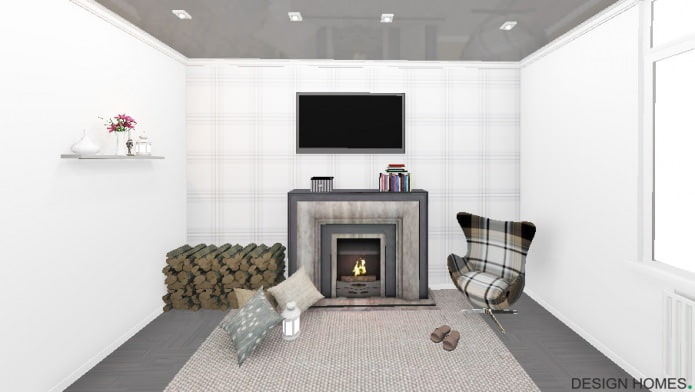
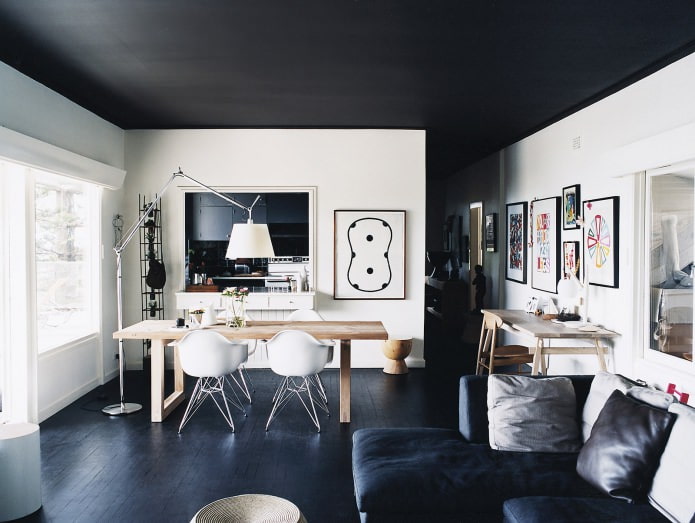
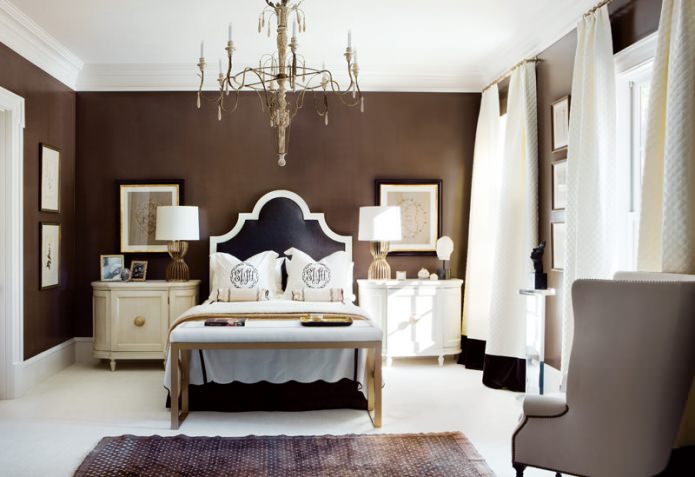

 13 bad habits a good housewife shouldn't have
13 bad habits a good housewife shouldn't have 24/7 home cleanliness - 4 secrets for the perfect housewife
24/7 home cleanliness - 4 secrets for the perfect housewife 6 hotels in Sochi that will give odds to the promoted foreign hotels
6 hotels in Sochi that will give odds to the promoted foreign hotels Top 10 interior design trends 2020
Top 10 interior design trends 2020 Rating of cheap TVs with Smart-TV
Rating of cheap TVs with Smart-TV New Year's LED garlands on AliExpress - we disassemble while it's hot, so that it's bright at home
New Year's LED garlands on AliExpress - we disassemble while it's hot, so that it's bright at home